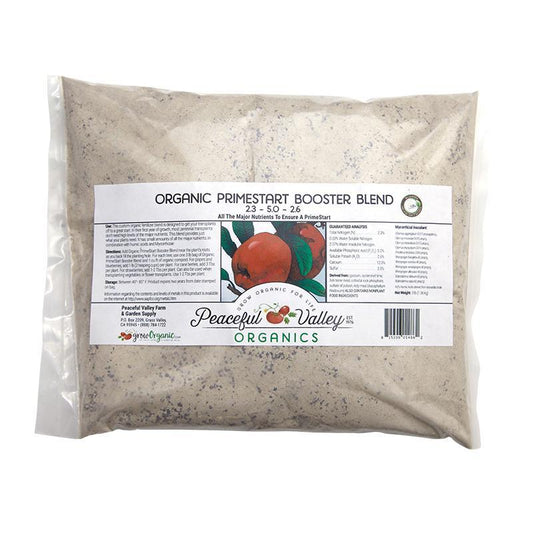Persimmons are vibrant, flavorful fruits that can enhance any home garden. Known for their adaptability and striking orange fruits, persimmons are easy to grow and offer a rewarding harvest. Whether you’re growing Asian or American persimmons, understanding their care and maintenance is key to a bountiful yield.
Types of Persimmons
Asian Persimmons (Diospyros kaki)
-
Non-astringent varieties: These, like ‘Fuyu,’ are sweet and can be eaten while firm.
-
Astringent varieties: Such as ‘Hachiya,’ these must ripen fully to develop their characteristic sweetness.
American Persimmons (Diospyros virginiana)
American persimmons are hardier and suitable for colder climates. Their fruits are smaller but have an intensely rich flavor when fully ripe.
While both types are delicious in their own ways, Asian persimmons tend to have a milder, honey-like flavor and are larger in size, whereas American persimmons offer a more intense, spicy sweetness when ripe. For a deeper dive into the differences, check out our full comparison: Comparing American and Asian Persimmon Varieties.
Planting and Growing Tips
- Choose the Right Location: Full sun with well-drained soil. Learn more in our article on Optimal Growing Conditions for Persimmon Trees.
- Planting Time: Late winter or early spring.
- Soil Preparation: Add organic matter like compost.
- Spacing and Depth: 15–20 feet spacing for standard trees. For a full walkthrough, see our Step-by-Step Guide to Planting Persimmon Trees.
Care and Maintenance
- Watering: Regular watering in the first year; drought-tolerant when mature.
- Fertilization: Balanced fertilizer in spring.
- Pruning: During dormancy to shape the tree and remove diseased branches. Check out our detailed Pruning Techniques for Healthy Persimmon Trees.
Common Pests and Diseases
- Persimmon Psylla: Causes leaf curling, managed with tree maintenance.
- Twig Girdlers: Beetles that sever branches.
- Leaf Spot: Fungal disease causing discoloration.
Harvesting Persimmons
- Asian Persimmons: Non-astringent can be picked when firm, astringent must ripen fully.
- American Persimmons: Harvest when soft for best flavor.
For an in-depth overview, explore our Comprehensive Guide to Growing Persimmon Trees.











17 comments
Hannah, there could be several reasons why your tree is aborting the flowers. First of all some persimmons can take 5 years to start producing fruit. The flowers may be dropping if they are not getting pollinated. Your persimmon tree is self-fertile however, a second tree of the same variety may help with bigger yields. Have you had freezing temps at the time the flowers were producing? If so, this may be why the flowers did not survive. Persimmons are picky about their water. Don’t over or underwater your trees. What about the soil nutrition. Do you have enough phosphorus to support fruit production? You can fertilize with a higher phosphorus fertilizer but you will not see results until the following season. There are many reasons why this may be happening and you may want to contact your local Master Gardener or Ag Extension office to see is someone locally can assist you.
Hi. I have a chocolate persimmon that has been planted for about 5 years. Every year it flowers well and then they turn brown, no fruits. I have a duty persimmon about 10 ft away and it does bear fruit. I live in bellevue, wa and the soil is mostly clay. I did amend the dirt when I planted the tree. As for watering, I do deep watering when the soil gets dry. What can I do differently to see some chocolate persimmons on my tree next year? Thank you
christine, your persimmons should be dark yellow to orange when fully ripe. You have a non-astringent type and they are usually eaten when firm. It is ok to leave them on through freezing temps. But you can also pick them and allow them to continue to ripen on your counter. I would pick one and taste it to see where they are at in terms of ripeness.
My 5 yr. old Fuyu fruits are going from yellow to dark yellow. The tree is netted, forecast for some below 32 degree nites. Can/should I leave the fruits on? Thanks
Christina, you don’t want to overwater your persimmon. In the future you want to plant your bare root trees before they start leafing out. It just may be a little stressed out going from inside to outside. I would cut back on the water if you are getting rain. Only water it when the soil has dried out. The leaves drying out sounds like the tree just needs some acclimating to being outside in the wind and sun. You can water in a little kelp or feed it some compost tea. That can help with stress.